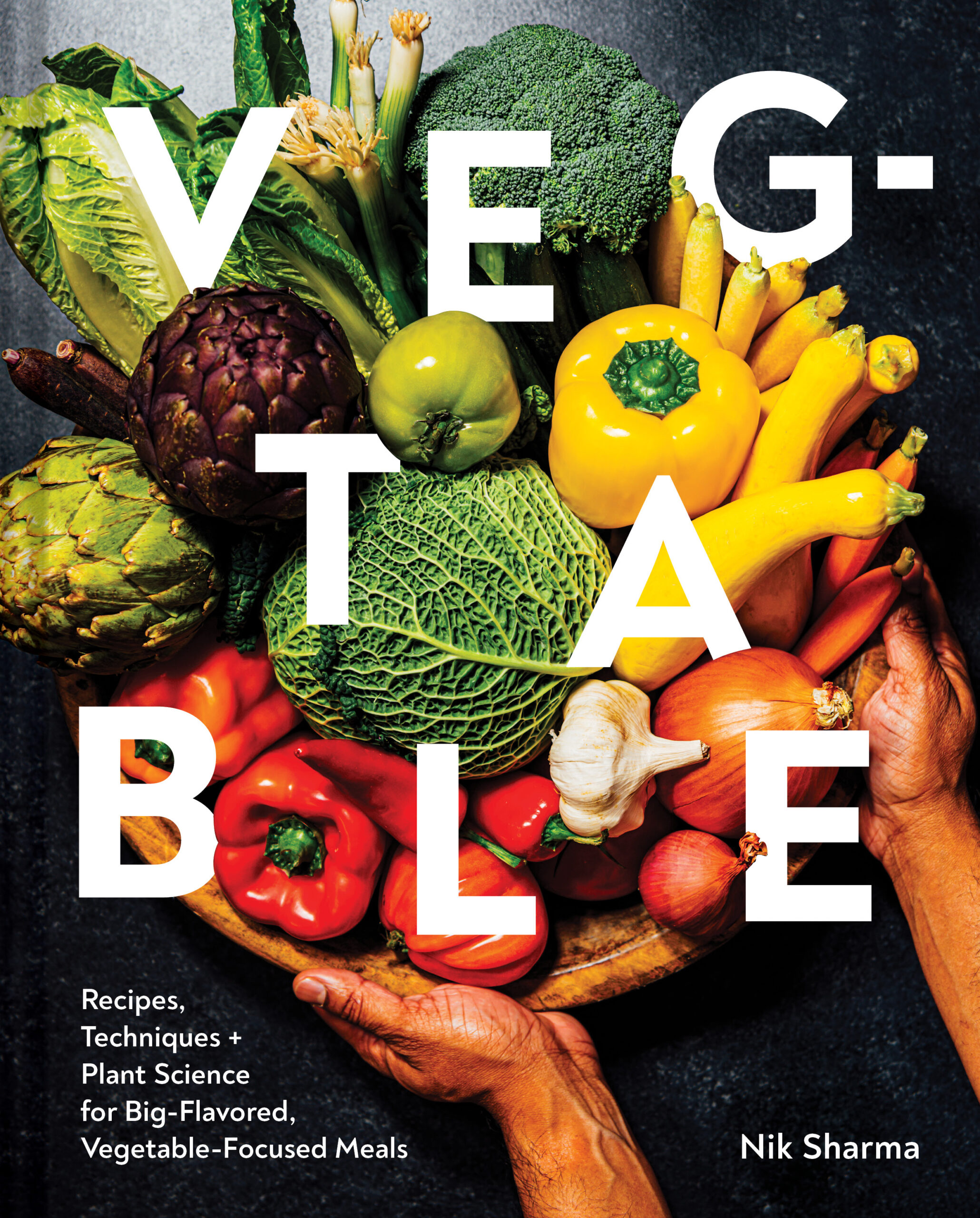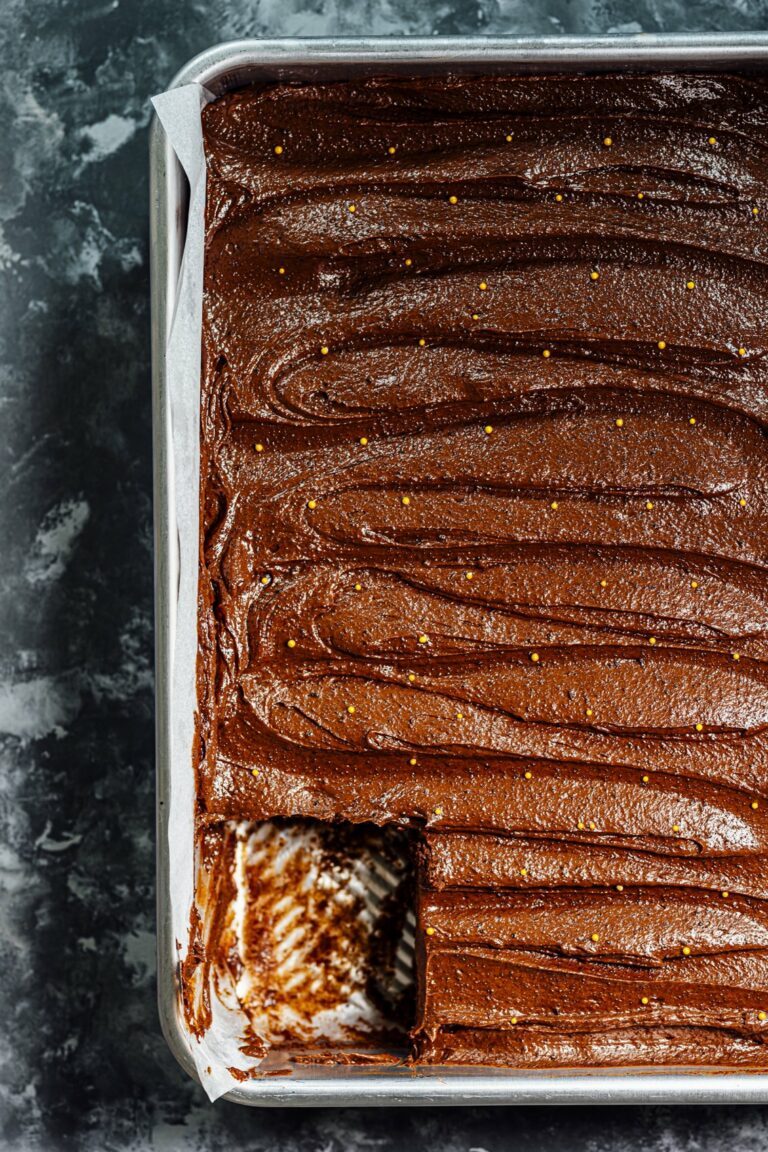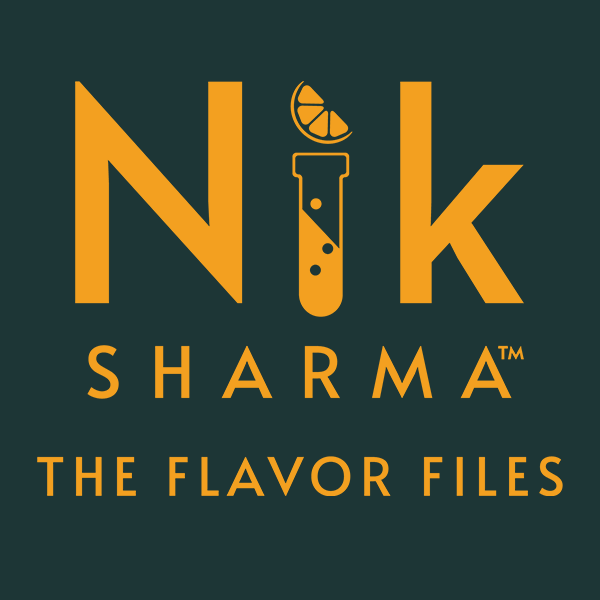Based on sales figures from 2022, chocolate contributed $2.5 billion to the $4.1 billion seasonal sales during Valentine’s Day week. One would think February 14 is National Chocolate Day. It is not! I had to Google this: National Chocolate Day is designated as either July 7 or December 28. In my world, every day could be National Chocolate Day; I eat a few squares after dinner as part of my self-care ritual (all those antioxidants and all) with a cup of my blueberry herbal tea (I’m drinking a lot of herbal teas since last year, I don’t know why – this is a conversation for another day).
I am a chocolate nerd. I’ve got a big framed poster of the chemical structure of theobromine, the chief chemical in the cacao bean, gifted to me by Guittard when they celebrated their 150th anniversary a few years ago. Theobromine, along with caffeine, is what makes us love chocolate so much. It affects our moods and can make us more alert and happy. As a biologist, I find the chemistry of chocolate, from how it affects our minds to how it’s produced and used, remarkably fascinating. Let’s dive into the science of chocolate and how it ties into the kitchen.
chocolate brownie cookies
If you love brownies and cookies, then you’ll love this hybrid cookie that’s crisp and soft in the right spots. This recipe is based on one I found in Food and Wine magazine by Chef Belinda Leong and fell in love with ever since I first baked them. I’ve tweaked it slightly over time; swap the butter out with ghee, and you’ll be pleasantly surprised with the chocolate’s depth. Salted toasted pistachios add a supreme level of crunchiness to these brownie cookies.
Are Cacao and Coco the same thing?
Cacao refers to the tree Theobroma cacao, the fruit, and all the raw products from the tree. This term becomes very important in understanding chocolate labels and selecting the right type of chocolate. Cocoa, on the other hand, refers to all the products obtained after the fruit pods are opened and fermented, such as cocoa beans, cocoa butter, cocoa powder, etc.
Does Cocoa come from a Bean?
Technically, cocoa fruit pods are not beans, and the Theobroma cacao tree does not belong to the legume plant family. Instead, the fruit is botanically classified as berry-like (baccate-like) and belongs to the Mallow family, Malvaceae, which includes cotton and okra. Each pod contains about 35 to 50 seeds and sweet pulp.
How is Cocoa Produced?
Cocoa is produced from the seeds through fermentation, drying, and roasting. Fermentation does not produce cocoa flavor, but it produces the chemicals that are precursors of the characteristic flavors we associate with chocolate. Unroasted cocoa beans lack cocoa flavor; roasting helps create those unique flavors through the caramelization and Maillard flavor-producing reactions.
What is Dutch Processed Cocoa?
Not all chocolate is Dutch-processed. In this method, the cocoa is treated with an alkali such as potassium carbonate to reduce its acidity and darken its color; hence, this type of cocoa is also called alkali-processed cocoa. The treatment usually happens at the nib stage but can also be applied at other stages of cocoa production and even to the cocoa powder. One thing to remember is that cocoa powder is actually not a high-quality product because it is a byproduct of processing; it’s produced after all the cocoa butter is extracted. Consequently, the cocoa powder used for Dutch processing is a lower-grade and highly acidic product. Dutch processing removes the sourness and darkens the cocoa but doesn’t make cocoa powder taste more like chocolate. This is why many chefs will pick chocolate over cocoa to make their recipes.
Chocolate Cake with Chocolate Buttercream Frosting
A rich chocolate cake painted with a layer of silky velvety chocolate buttercream that would fit the bill for a celebration or on those days you need a slice of cake.
What are Chocolate Liquor and Cocoa Butter?
Chocolate liquor is the paste made from ground cocoa beans, while cocoa butter is the naturally occurring fat in cocoa beans. Chocolate liquor carries chocolate flavor, and while cocoa butter isn’t a major contributor to flavor, it helps define the texture and stability of chocolate. I’ll get to this in a little bit.
My Chocolate Bloomed. Do I toss it?
You might have heard of chocolate blooming. Blooming refers to the greyish-white streaks or spots that appear on the surface when chocolate is improperly handled. These spots arise from two ingredients – fat or sugar. Cocoa butter, the primary fat in chocolate, exists in crystal form (six forms (I to VI) of this crystal are known to scientists).
Fat Bloom: when chocolate is poorly tempered or stored, the surface of the chocolate will be covered with fat crystals. When chocolate melts during tempering or storage and recrystallizes, the fat forms crystals on the surface.
Sugar Bloom: In this instance, sugar crystals form a layer on the surface of the chocolate. This occurs when chocolate is exposed to high humidity. Sugar is hygroscopic (it loves to attract water from its environment). When the chocolate is exposed to moisture, the sugar on the surface will absorb water and dissolve. After some time, the water evaporates, and the sugar recrystallizes on the chocolate’s surface but forms much larger crystals.
Chocolate Orange Swirl Buns
During the holidays, my baking leans towards more festive and seasonal ingredients. These swirl buns look impressive and yet are surprisingly easy to make. The wonderful scents of winter citrus, cardamom, candied orange peel, and chocolate will permeate your kitchen as the buns bake in the oven.
How can I tell the Difference Between Fat and Sugar Bloom?
I can’t distinguish between the two visually, and most people can’t. Fortunately, there is a much easier way. Take a piece of the bloomed chocolate and rub it gently with your fingers or on your lips; if it feels smooth, it’s a fat bloom (the heat from your skin will melt the fat, making it appear smooth). If there’s a rough texture, it’s a sugar bloom, as those crystals won’t melt with our body’s temperature.
What the Heck are Cocoa Crystals, and Why Should I Care?
Cocoa butter has the extraordinary ability to exist in six crystalline forms. Of these six, only forms V and VI are considered stable; every other form is unstable. Unstable cocoa butter crystals do not fit snugly together, and the chocolate’s physical form will weaken. The chocolate will melt at lower temperatures and won’t snap easily. Fortunately, these unstable crystals can be transformed into more stable crystals through a process called tempering.
What’s the Point of Tempering?
Correctly tempered chocolate is hard and shiny and won’t melt at low temperatures. Poorly tempered chocolate will be soft and pliable and won’t be shiny. When chocolate is incorrectly tempered, the cocoa butter fat crystals will be less stable, and the chocolate will bloom much faster in storage. I will cover chocolate tempering later; it won’t fit in this newsletter.
What do the Cacao Percentages on Chocolate Labels Mean?
The percentage listed on the bar of chocolate helps us understand how much sugar is present and gives a sense of how sweet it might taste. The percentage refers to the amount of chocolate from the cacao tree; it refers to both the chocolate liquor and cocoa butter present. This can make two bars of chocolate with the same percentage from two different manufacturers taste completely different. This number can also be misleading for cooks. For example, two 80% bars can be very different in flavor. One might contain 80% chocolate liquor and no cocoa butter, while the other might contain 65% chocolate liquor with 15% cocoa butter. Both of these bars would be radically different in flavor and texture. The greater the percentage of chocolate liquor, the more intense the flavor. Unfortunately, since the listed percentage doesn’t get into liquor and butter ratios, you can see how easy it is to pick a chocolate that might have a high cacao percentage but has poor chocolate flavor. How do you get around this? Go simple. TASTE IT! – I always taste a piece of chocolate before I use it for cooking; it rules out any guesswork, and you are guaranteed to have a chocolate dessert that tastes delicious.
Does Chocolate Go Bad and How Do I Store It?
Chocolate has low water activity, so it contains very little water, giving it a longer shelf-life. It is also rich in antioxidants, so it doesn’t spoil easily. But chocolate also contains fat; when fats go bad, they turn rancid and create off-putting odors. Fats go bad when exposed to air, oxygen, heat, light, and humidity (moisture), so I keep my chocolate in air-tight containers (I use these vacuum storage containers). Chocolate can also react with metals like copper and iron (they’re called prooxidants), and they accelerate the oxidation of cocoa butter. Keep them away! Dark chocolate can stay good for up to a year, while milk and white chocolate have a shorter life. Milk chocolate stays good for up to 8 months, while white chocolate is even shorter, lasting between 3 and 6 months. With white chocolate, you can even tell a change in color from when the bag was opened; it starts to yellow with time.






